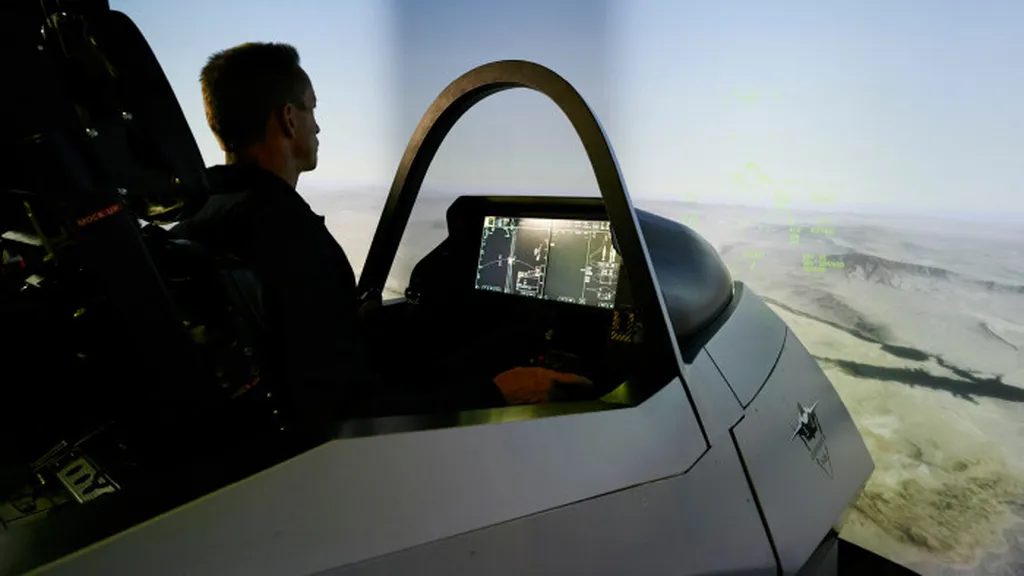Researchers from the Beijing University of Posts and Telecommunications have developed a novel approach to enhance the energy efficiency of unmanned aerial vehicle (UAV) swarms in complex environments. The team, led by Professor Zhiyong Feng, has proposed an integrated communication and control co-design mechanism that optimizes energy usage while maintaining reliable communication for ground users.
UAV swarms are increasingly being deployed in scenarios where traditional communication infrastructure is lacking, such as emergency rescue operations, military and security missions, and remote area coverage. However, the dynamic and unpredictable nature of wireless channels in these environments can lead to frequent interruptions in air-to-ground links, compromising the reliability and quality of service.
To address this challenge, the researchers formulated the joint resource allocation and 3D trajectory control problem as a Markov decision process (MDP). They then developed a multi-agent reinforcement learning (MARL) framework to enable real-time coordinated actions across the UAV swarm. The team’s novel multi-agent hybrid proximal policy optimization with action masking (MAHPPO-AM) algorithm is specifically designed to handle complex hybrid action spaces and incorporates action masking to enforce hard constraints in high-dimensional action spaces.
The practical applications of this research are significant for the energy sector. By optimizing energy efficiency in UAV swarms, the proposed mechanism can extend the operational life of UAVs, reducing the need for frequent battery changes or recharges. This is particularly crucial in remote or hard-to-reach areas where access to charging facilities may be limited. Additionally, the improved reliability and quality of communication can enhance the effectiveness of UAVs in monitoring and managing energy infrastructure, such as power lines and pipelines, in challenging environments.
The researchers demonstrated that their approach achieves a fairness index of 0.99, indicating equitable communication rates for mobile ground users, while reducing energy consumption by up to 25% compared to baseline methods. This breakthrough could pave the way for more efficient and reliable UAV swarm-assisted communication networks in the energy sector and beyond.
This article is based on research available at arXiv.

